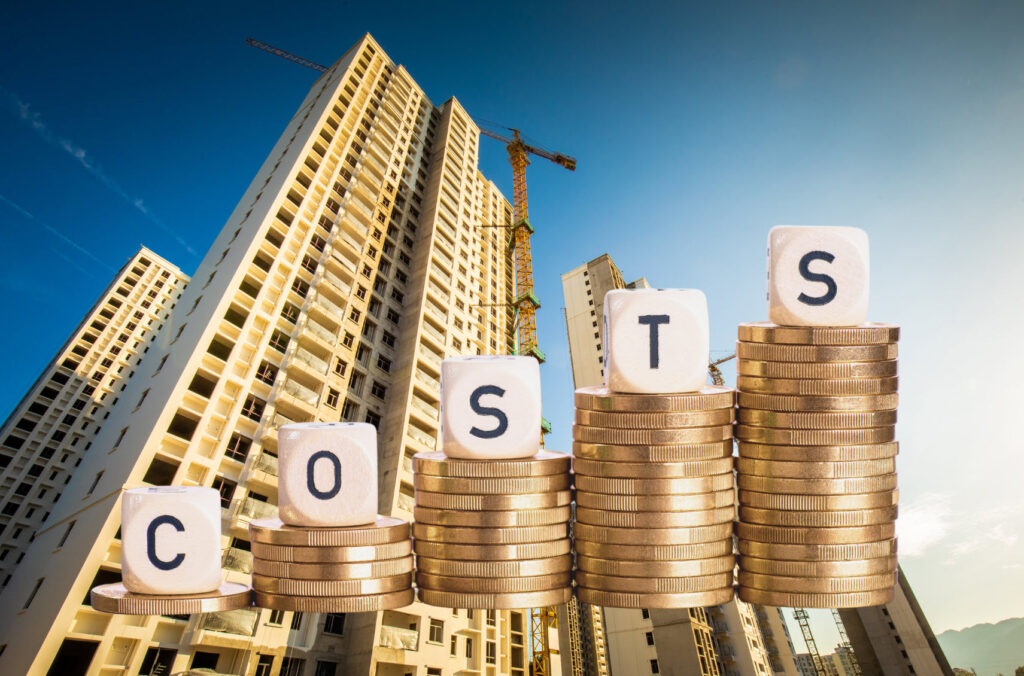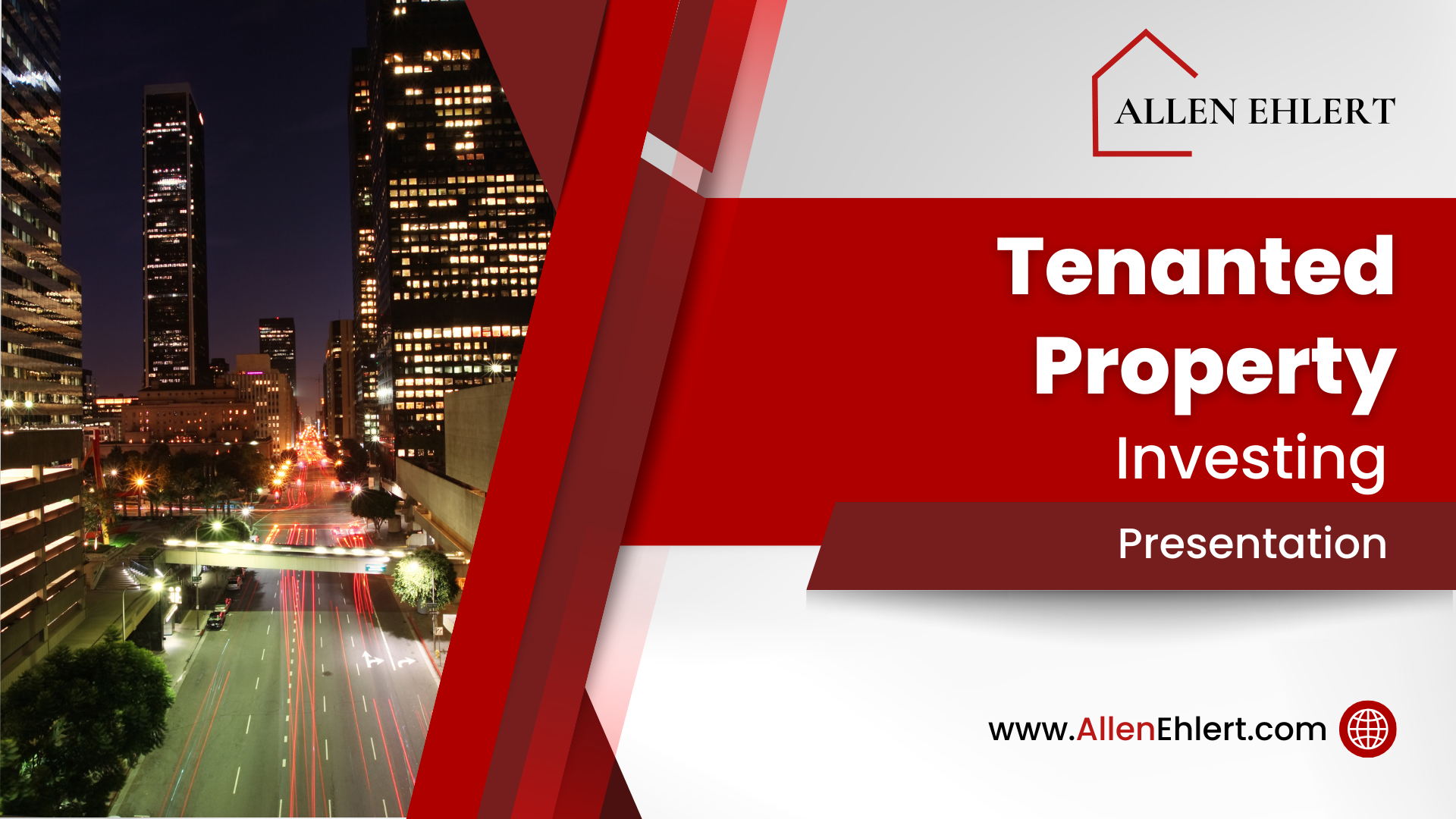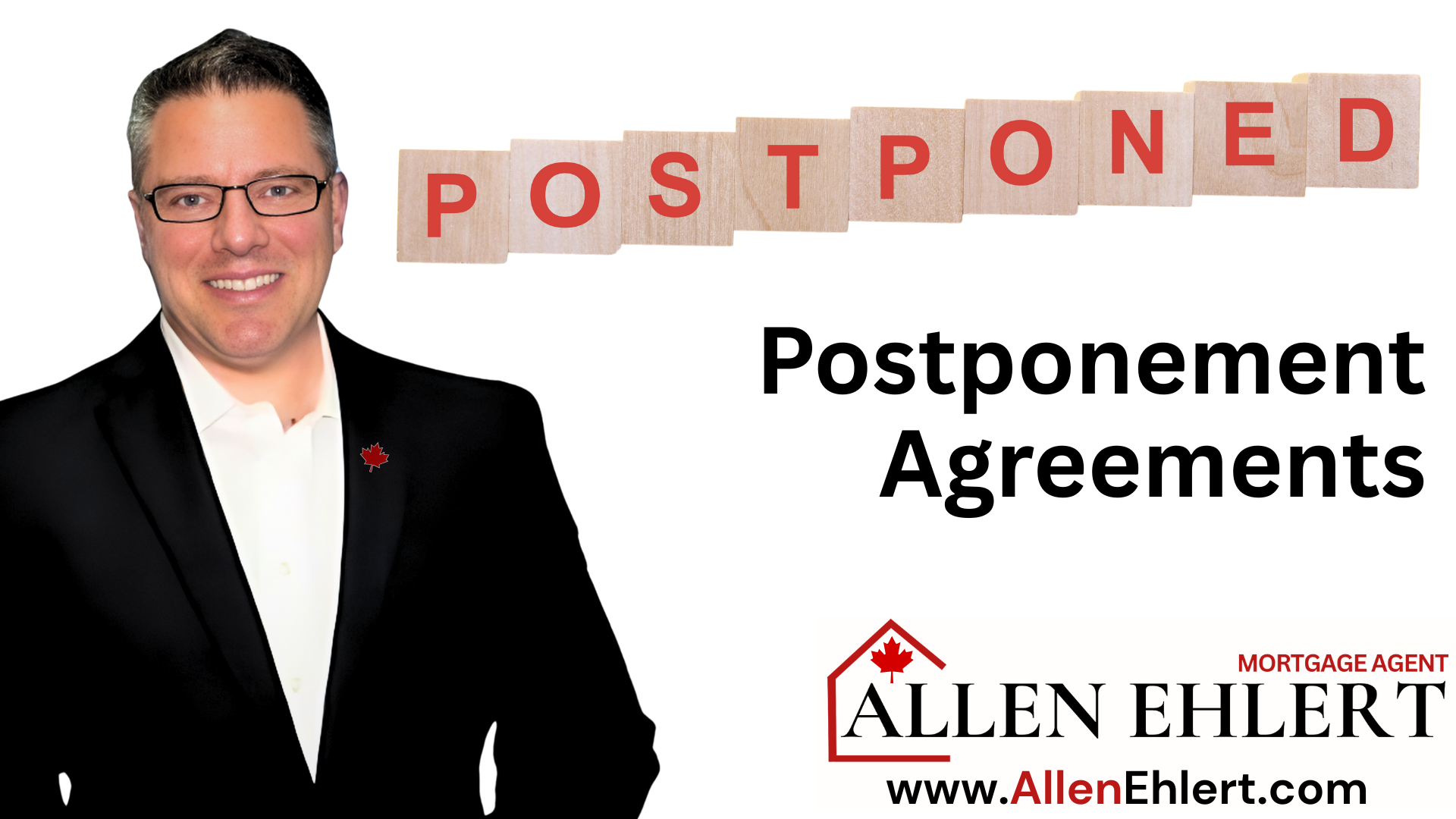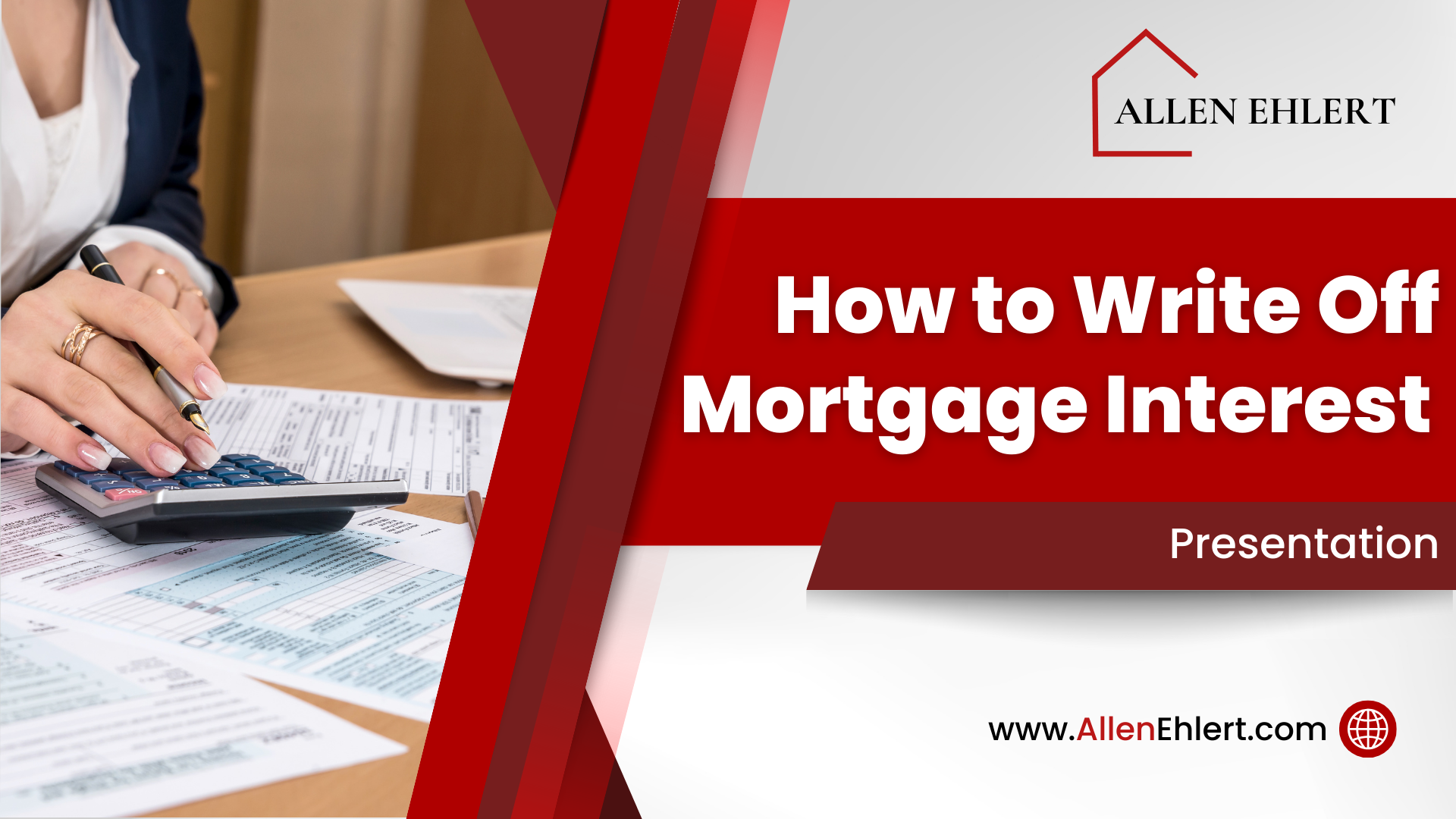Development costs refer to the expenses incurred in the process of developing a property. These costs can be quite extensive and vary greatly depending on the project’s scale, location, type of development, and other factors. Here’s a breakdown of typical development costs that contributed significantly to the cost of real estate:
Cost of Materials
The price of construction materials (like steel, concrete, wood, etc.) directly affects the cost of building a property. If these materials become more expensive, the cost of new developments will increase, which can lead to higher prices for buyers.
Labour Costs
The cost of labour is a major component of development costs. In regions where labor is more expensive due to higher wages or a shortage of skilled workers, the cost of developing real estate is higher, which can be reflected in the final selling price.
Land Acquisition Costs
The cost of acquiring land for development is a significant upfront expense. In areas where land is scarce or highly valued, these costs can be substantial, contributing to higher prices for the finished properties.

Regulatory Costs and Compliance
Complying with building codes, zoning laws, environmental regulations, and other legal requirements can add to the cost of development. These regulatory costs vary by location and can significantly impact the total cost of a development project.
Financing Costs
Developers often rely on financing to fund construction projects. The cost of this financing, influenced by interest rates and loan terms, can add to the overall cost of development. Higher financing costs can lead to higher prices for the end consumer.
Infrastructure and Utility Costs
Developing a site often involves costs for infrastructure and utilities, such as roads, water, sewage, electricity, and internet connectivity. The extent and cost of these requirements can vary greatly and impact the overall cost of development.
Construction Time and Delays
The time it takes to complete a development project can impact costs. Delays due to weather, supply chain issues, or regulatory approvals can increase costs, which may be passed on to buyers.
Market Demand and Speculation
In markets with high demand, developers might anticipate that they can sell properties at higher prices and may opt for more expensive designs and finishes, further increasing development costs.
Economies of Scale
Larger development projects can sometimes reduce costs per unit through economies of scale, whereas smaller or custom projects may have higher per-unit costs due to less efficiency in the use of materials and labor.
Quality and Features of the Development
The overall quality, features, and amenities of a development also affect costs. Luxury developments with high-end finishes and amenities will naturally cost more to build than more basic accommodations.
In summary, development costs are a critical factor in real estate pricing as they directly affect the cost of bringing new properties to the market. These costs are influenced by a variety of factors, including material and labor costs, land acquisition, regulatory compliance, financing, infrastructure needs, construction timelines, market conditions, and the nature of the development itself.












